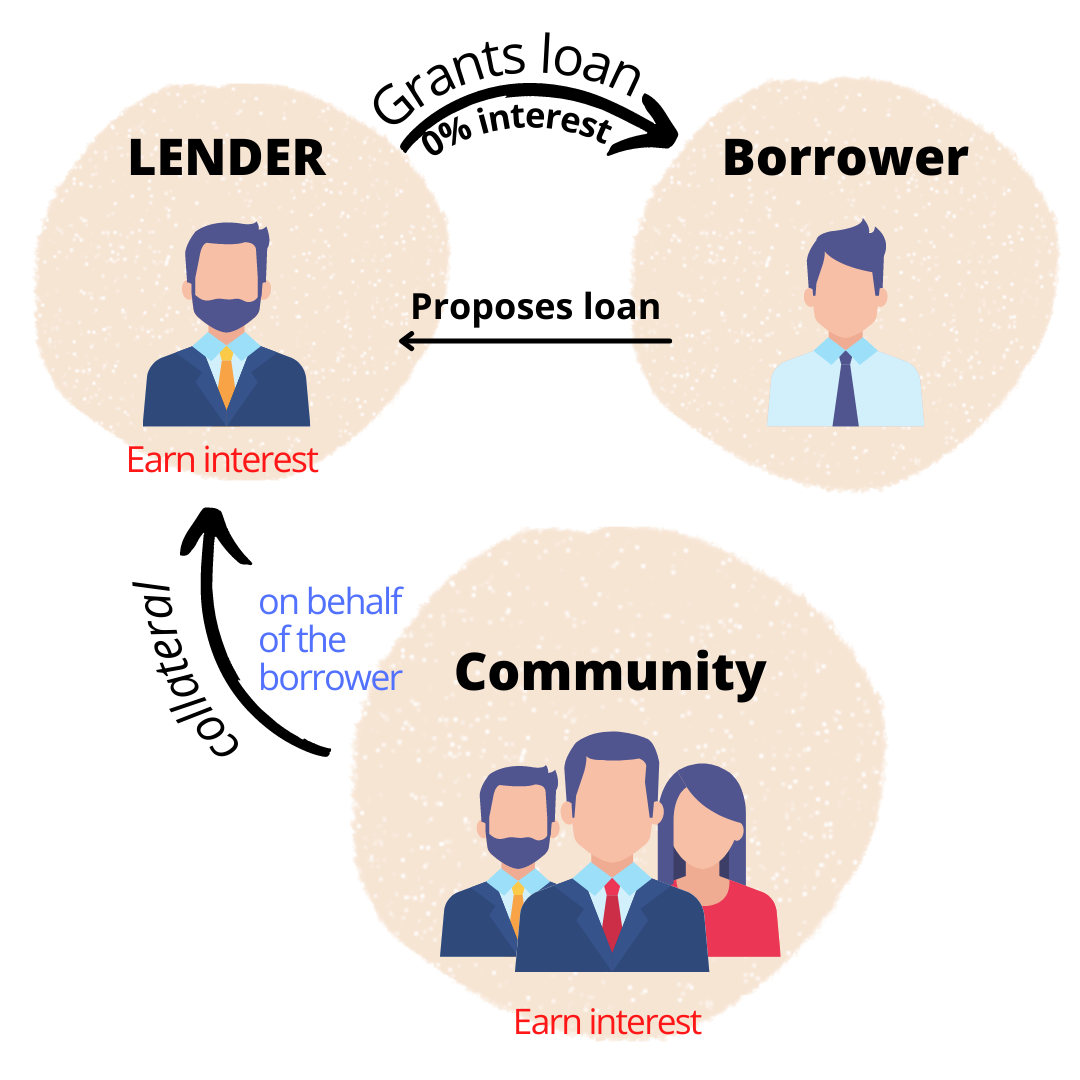
Blockchain is one the fast-rising innovations in the tech world. This controversial technology is a distributed ledger that records data immutably on a decentralized database. The underlying architecture of blockchain ensures transparency of the recorded data as well as security and provenance.
Beyond the criticisms attracted by this nascent technology lies an array of untapped use cases. Blockchain alongside other emerging technologies have far-reaching potentials capable of disrupting the current economic model and improving lives of the world population. It is a tool that can be engineered into an efficient solution to the major problems facing humanity on a global scale. From climate change to poverty and improved healthcare, the distributed ledger technology has a huge gap to fill.
Topping the UN agenda of sustainable development goals is poverty. It is one of the global challenges the world is grappling with. Different governmental and non-governmental organizations are seeking a long-lasting solution for poverty in every new innovation, technology or process the world encounters.
The hope of developing a sustainable solution to poverty is lighted with the advent of distributed ledger technology.
Ways Blockchain can be Used to Reduce Poverty
Financial Inclusion
Expanding financial inclusion to the unbanked is the first step towards eradicating poverty. Following a 2017 report by the World bank, 1.7 billion people are yet to be banked. This population falls into the low income class of the society. Financial inclusion provides access to loans, and other financial services.
Defi, a component of the blockchain technology can help alleviate poverty by providing financial services that were not available in the traditional economy. With staking, defi users can make a passive income from their staked tokens. This type income stream is not existent within the current financial model.
Other defi services that can depress the poverty line are lending and borrowing. These services are made available for defi users. Unlike in the traditional banking system, these services are made available for the middle and low income earners with blockchain technology.
With blockchain, banking the unbanked is closer to being realized. Blockchain provides a seamless way of sending and receiving money across the world without intermediaries and sluggish processes the traditional banking is known for.
Similar to providing financial services, blockchain can provide a database for decentralized storage of citizens data. Most of the poor population make up the unidentified citizens of a country. This follows from lack of exposure and poor education. Banks and financial institutions work with verification which is lacking amidst the poor population. Alongside providing a means of verification for people, blockchain can also substitute the traditional banking system.
Accountability
Blockchain is inherently transparent because the transactions and data flow through it is verified by nodes and available to the public. One of the leading causes of poverty and unequal wealth distribution is corruption in the public sector. If explored, the distributed ledger technology can serve as a tool for fighting corruption. When government ministers and other officials record the cash flow through the ministry and agency they manage, it will greatly reduce the incidence of embezzlement of public funds.
Property Rights
Poor property ownership records is another cause of poverty across different regions in the world. Blockchain can be used to create an immutable record of ownership of properties and assets. Following the transparent nature of blockchain, land dispute conflicts will be resolved. Furthermore, with blockchain, transfer of ownership will be seamless as every transaction will be recorded.
Transparent property ownership records will greatly favour the poor because they can use their asset as a collateral for loan, or become landlords when they rent the property out.
Scaling Agriculture
While blockchain use cases are pronounced in the financial sector, other sectors like agriculture can leverage this technology to improve the lives of people across the globe and help in poverty reduction.
Most of the low income earners depend on agriculture as a source of livelihood. This reflects the role of agriculture on the lives of these people. Any positive impact on agriculture will create a ripple effect that will result in the betterment of the lives of the low income earners.
By creating a see-through supply chain and eliminating unnecessary third party players in the sale of agro products, farmers will be paid a fair price for their efforts. They will receive money seamlessly in a timely manner. Blockchain can connect low scale farmers to agro companies that need their products while eliminating procurement agencies, increasing revenue for farmers.
About 5ireChain
5ireChain is a sustainability-driven blockchain ecosystem that aims to facilitate positive social impact with its blockchain technology. While aligning its vision with the UN sustainable development goals, this ecosystem is poised to drive the world from a for-profit to a for-benefit economic model. From addressing ESG concerns, to facilitating the attainment of the SDGs, 5ire will improve the lives of millions of low income earners across the globe.
With its blockchain ecosystem, 5ire will provide a sustainable platform for the reformation of the current economic model to a sustainable alternative hosted on-chain.
Media Contact
Company Name: 5ire
Contact Person: Vilma Mattila
Email: Send Email
Country: United Kingdom
Website: https://5ire.org
